Adlai, scientifically known as Coix lacryma-jobi, has a history as diverse as the lands it hails from. Originating in East Asia, this grain has been a dietary cornerstone for centuries, finding its way into the culinary traditions of China, Japan, and other regions. Its cultivation dates back thousands of years, and the blog will uncover the cultural contexts that shaped adlai into the versatile grain we know today.
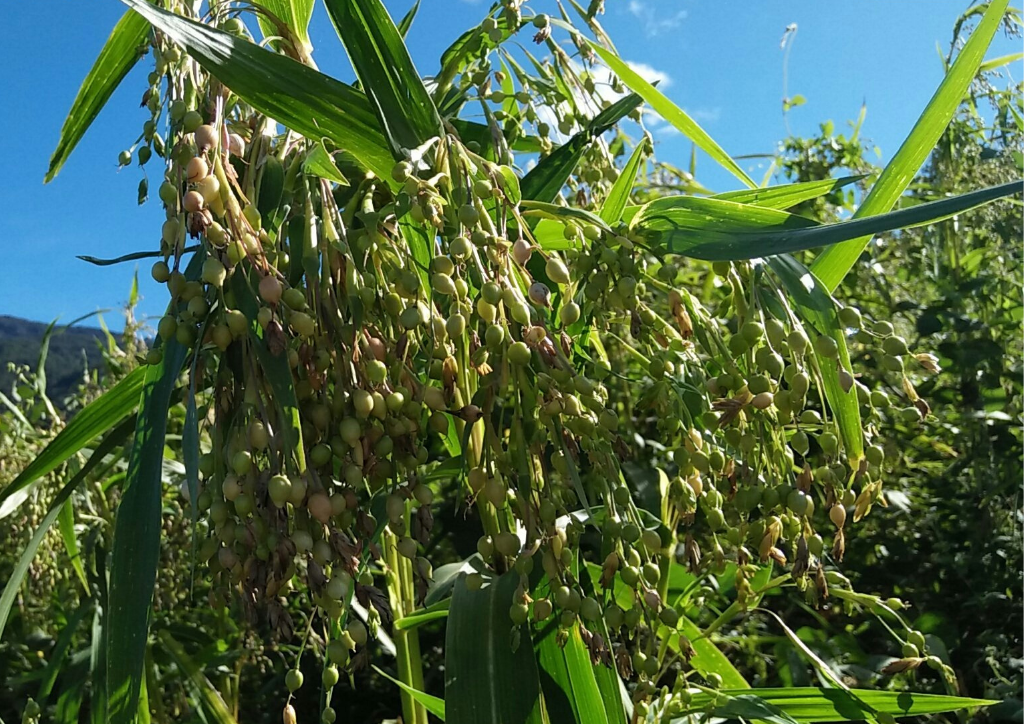
As we journey through history, it’s intriguing to note how adlai evolved from a simple sustenance crop to a symbol of resilience and adaptability. The narratives of ancient civilizations reveal the vital role adlai played in sustaining populations and even transcending borders through trade routes. Understanding this historical background sheds light on the cultural significance that adlai continues to carry into the modern era.
Delve into the annals of time with us as we unravel the captivating story of adlai, appreciating not only its historical roots but also the shared human experiences woven into the fabric of this remarkable grain.
Historically revered for its versatility, Adlai has served not only as a staple food but also as a medicinal ingredient in traditional practices. Ancient texts from China and the Philippines highlight its use in treating inflammation, boosting immunity, and promoting overall wellness. It was even a symbol of prosperity, exchanged in rituals and ceremonies, reflecting its cherished place in daily life.
Adlai’s culinary adaptability is equally remarkable. It was once a go-to grain before rice dominated Asian diets. Its slightly nutty flavor and chewy texture make it perfect for a wide range of dishes—from hearty soups to refreshing salads. Today, it is gaining global recognition as a gluten-free, high-fiber alternative, celebrated by health-conscious eaters seeking a superfood that’s both nutritious and delicious.
The grain’s resurgence signals a growing appreciation for its environmental benefits as well. Unlike water-intensive rice, Adlai is drought-resistant and thrives in less fertile soils, making it a sustainable choice for farmers and a climate-resilient option for the future.
In concluding our exploration of the history of adlai, it becomes evident that this grain is more than just a culinary ingredient; it’s a testament to the enduring relationship between humans and the earth. By understanding the journey of adlai through time, we gain a deeper appreciation for the cultural heritage embedded in our everyday meals.

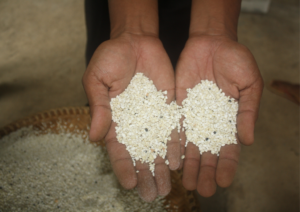
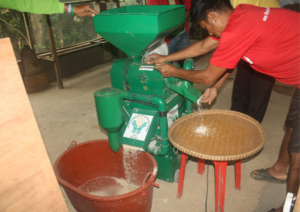
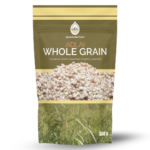

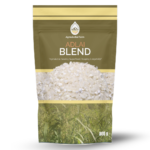

Your passion for your subject matter shines through in every post. It’s clear that you genuinely care about sharing knowledge and making a positive impact on your readers. Kudos to you!